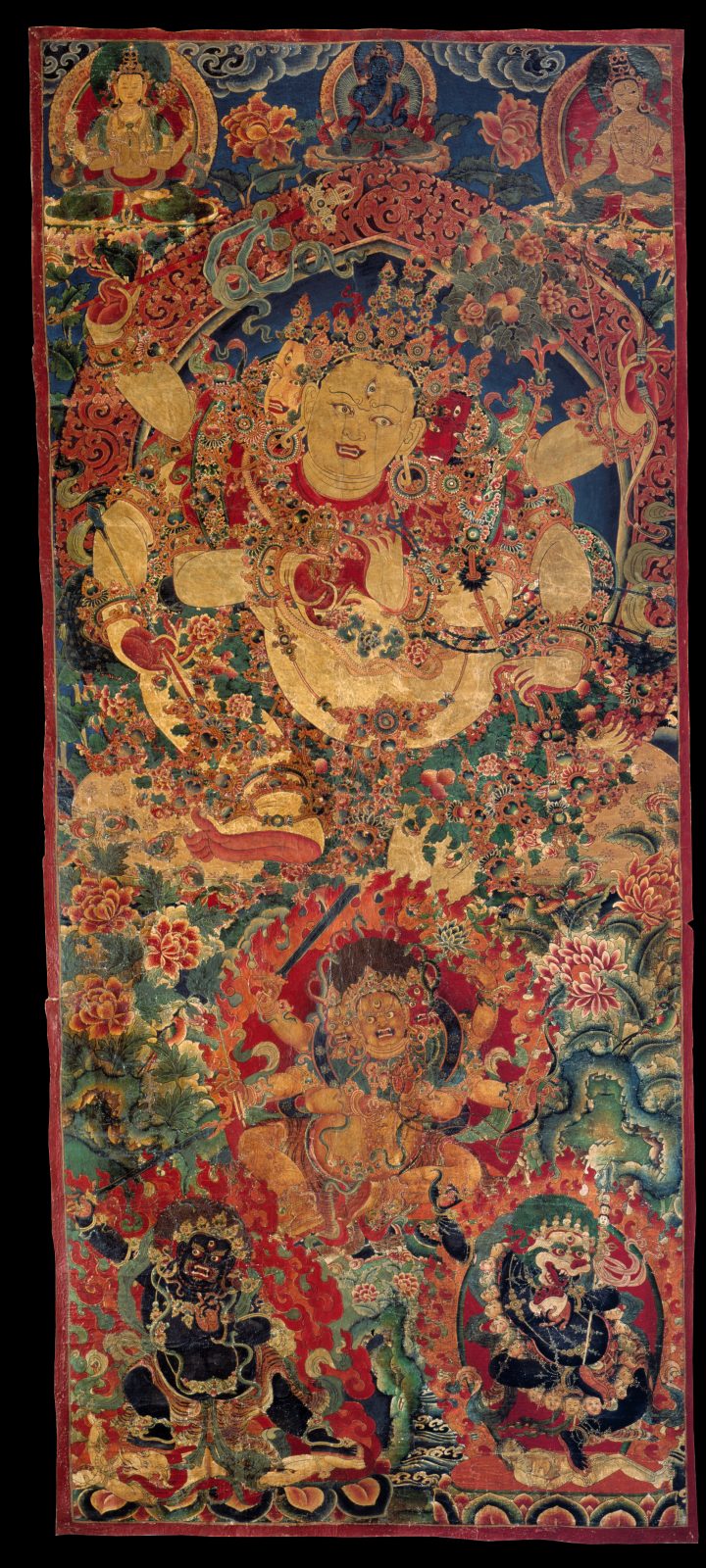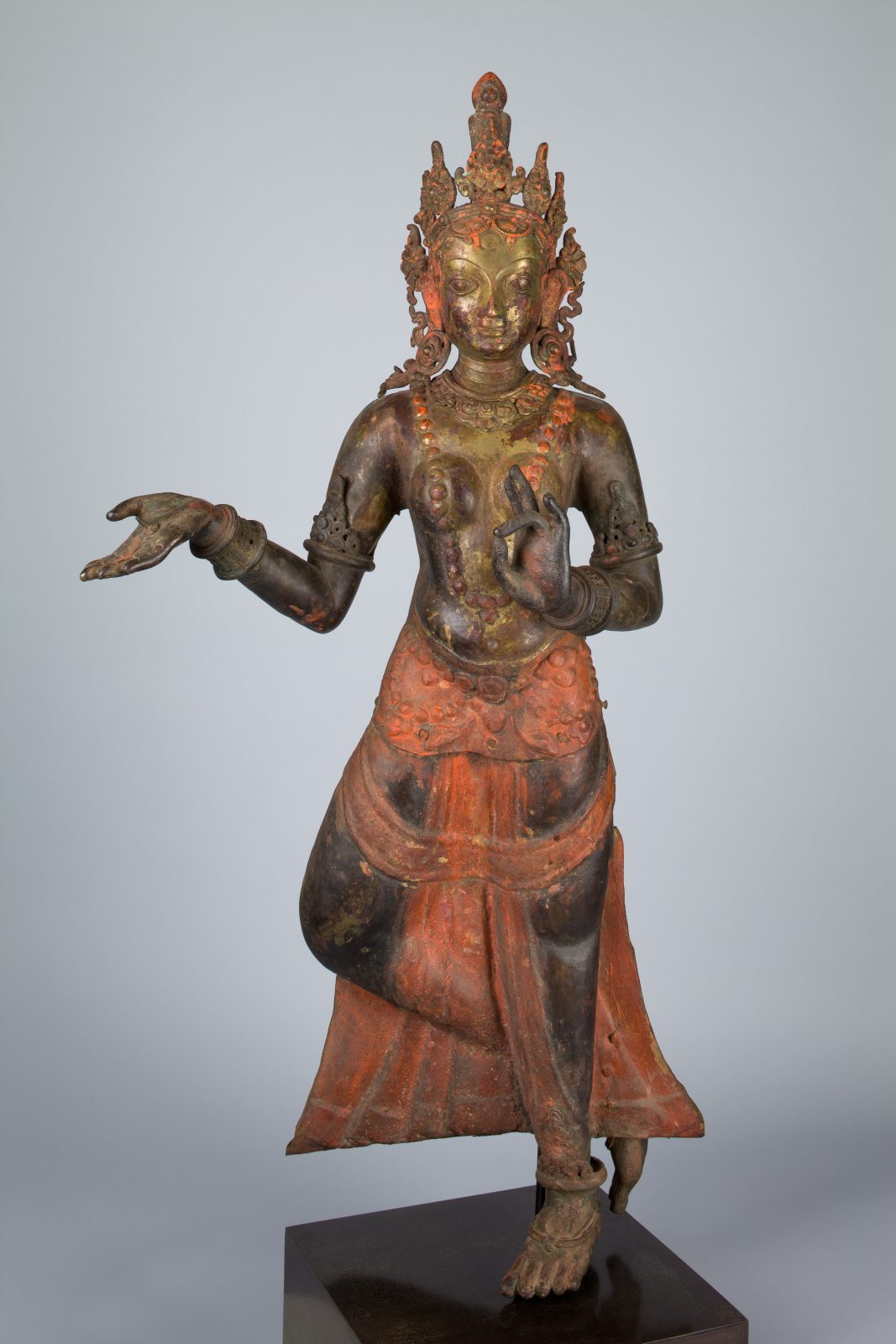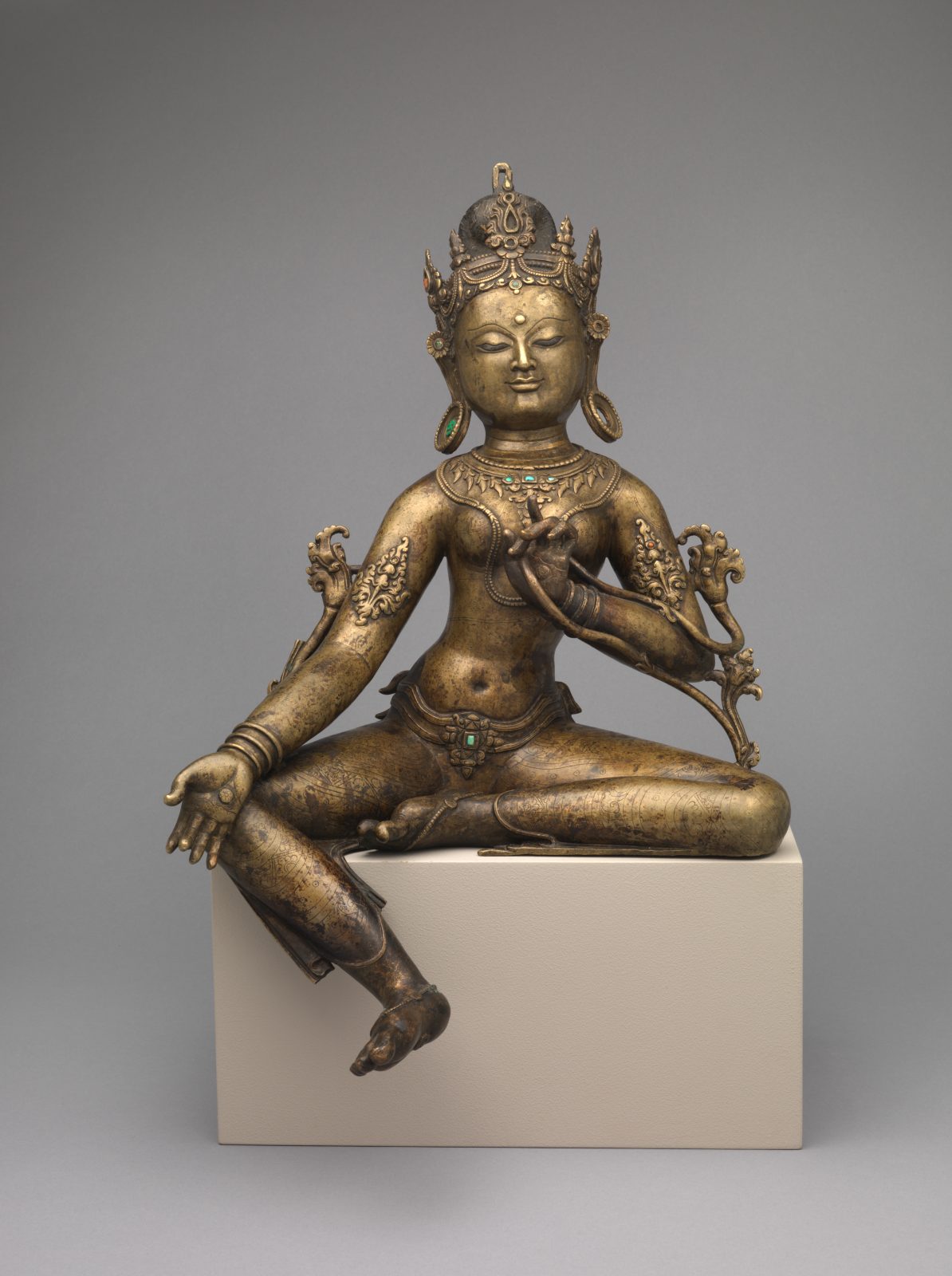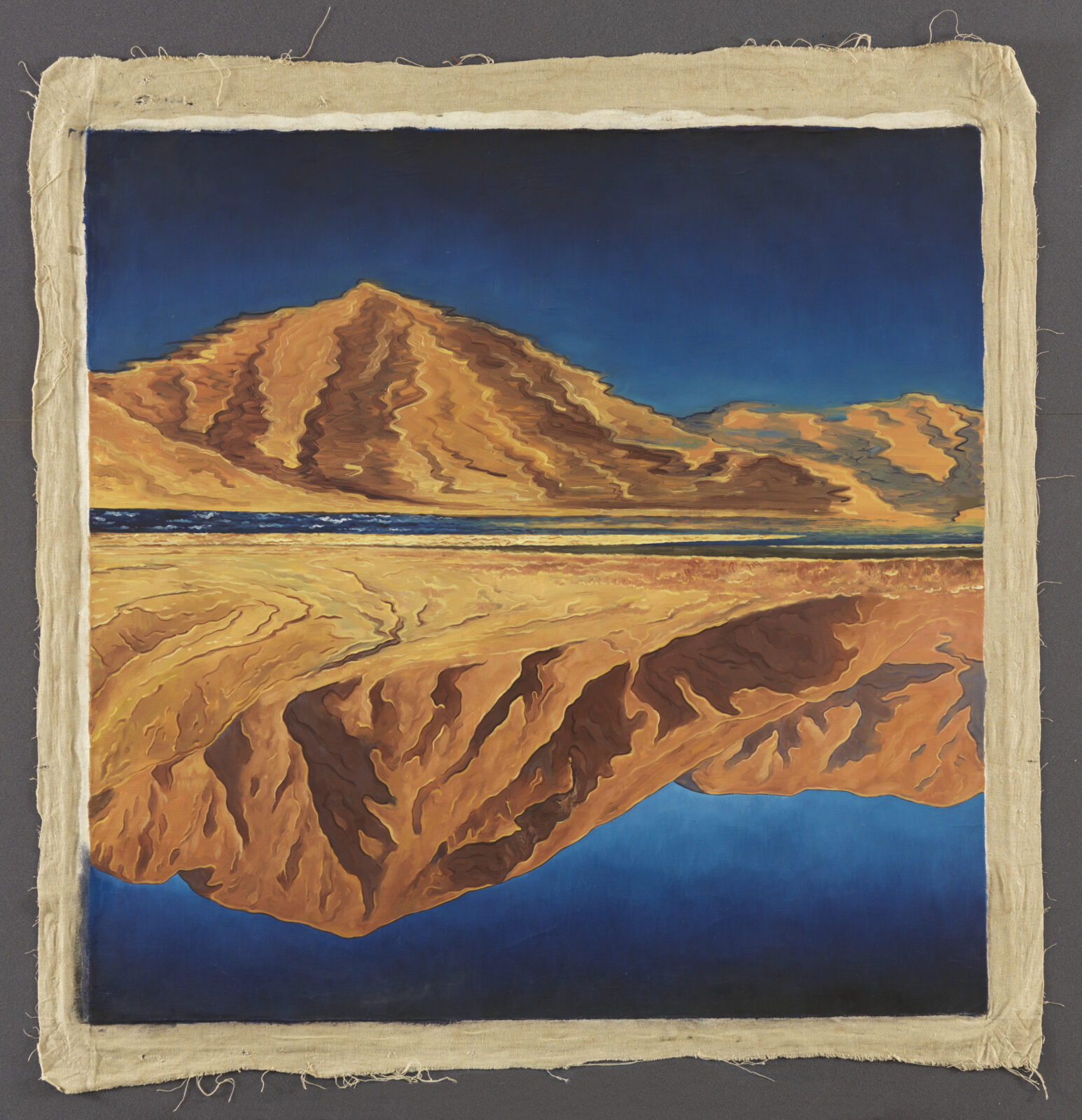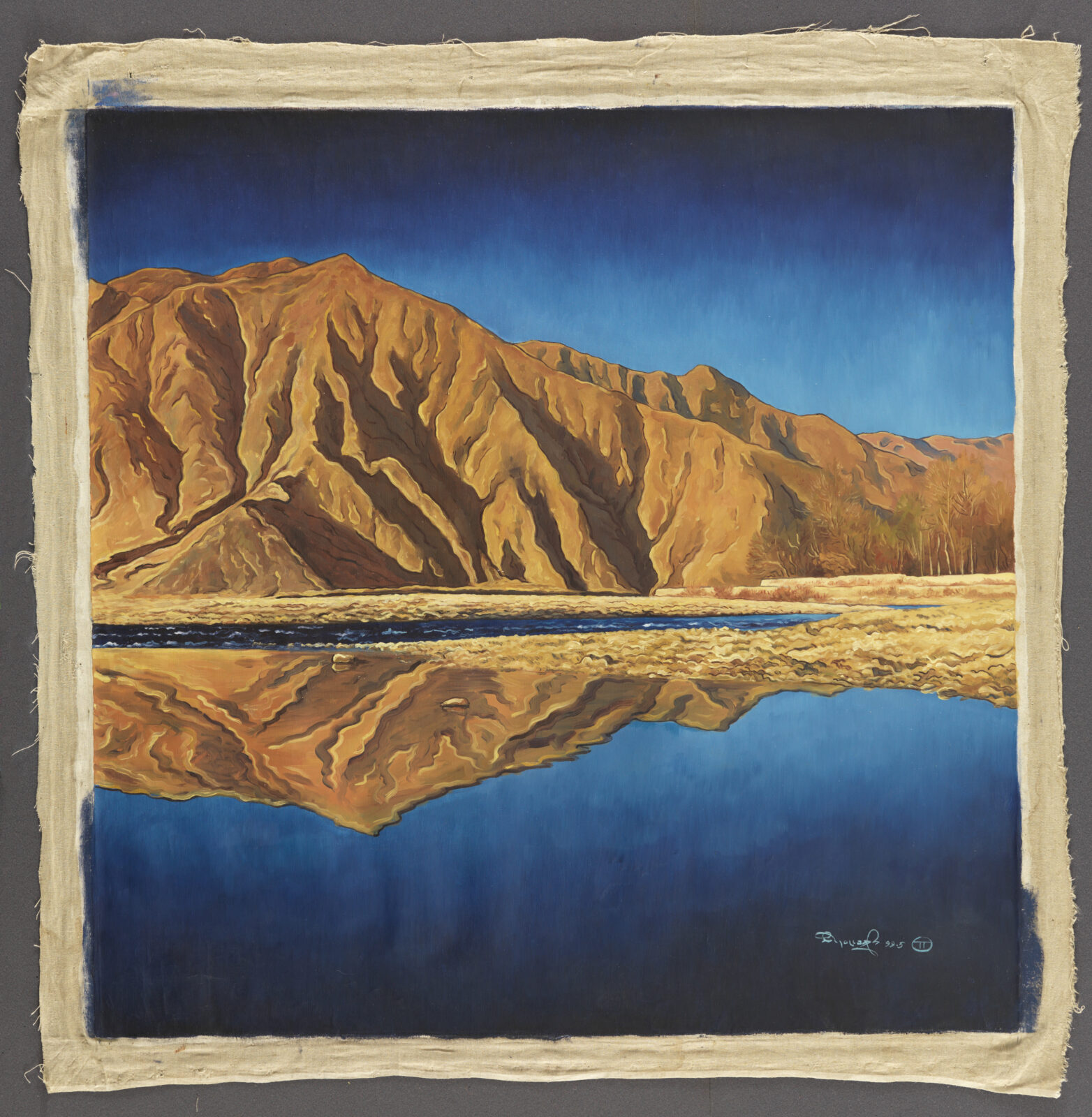Happy Earth Day! In celebration of the efforts taking place around the world to protect and conserve the environment, we’ve selected several works from the collection that touch on themes of growth, preservation, and regeneration.
In Hinduism Indra is regarded as the god of rain. He is highly revered in Nepal and is often represented in this characteristic form. He sits on a wide lotus base and both hands hold the stalk of a lotus—the one to the side of his left shoulder bearing his signature attribute, the vajra.
The forest goddess is an example of an Indian folk deity that was absorbed into Tantric Buddhism. She has numerous forms with varying emphases. For the practitioner of Esoteric Buddhist meditation, the forest goddess is an emanation of the Buddha, and her special characteristic or metaphor is that of sickness and healing.
This sculpture of goddess Yamuna originally stood at the right side of an entrance to a temple and formed a pair with a sculpture of the goddess Ganga on the opposite side. A visit to these personifications of the holiest Indian rivers confers ritual purity and makes the temple itself a guarantor of plenty.
The name Tara means “star” and she takes many forms to become accessible to those in need. Green Tara represents the potential for life, through which change and even transcendence become possible. For these qualities, she is called “The Mother of All Activities.”
This diptych shows a panorama of Tibet’s Kychu River and surrounding mountains in a realistic yet sublime manner. Also known as the Lhasa River, the Kychu is the site of Tibet’s Bathing Festival, during which people figuratively wash off the past year and invite good fortune into the year ahead.

